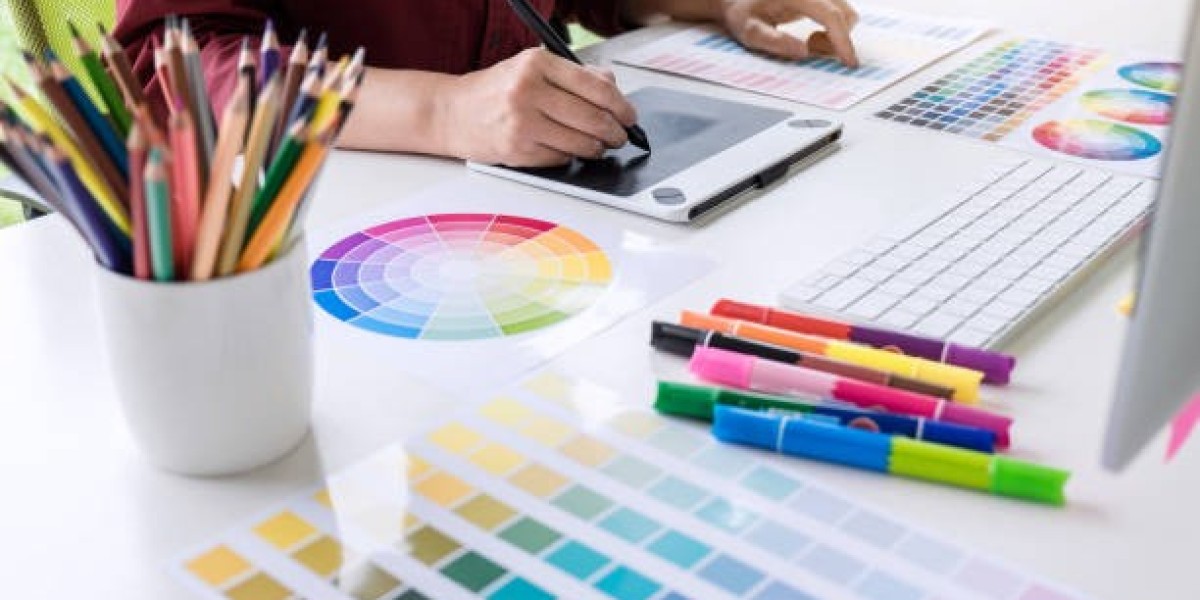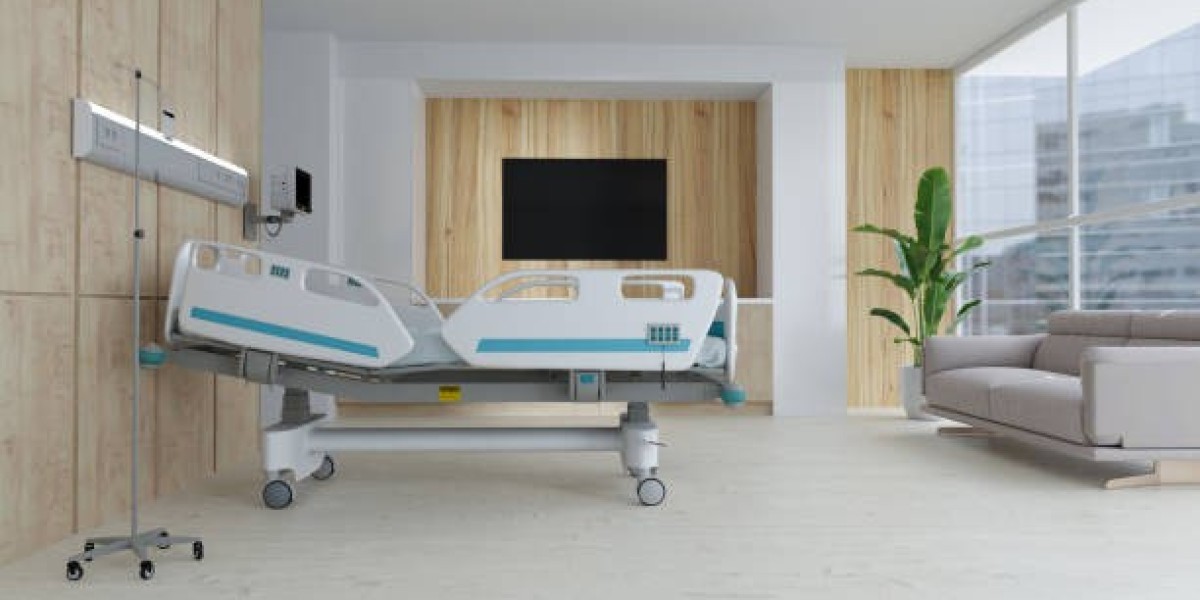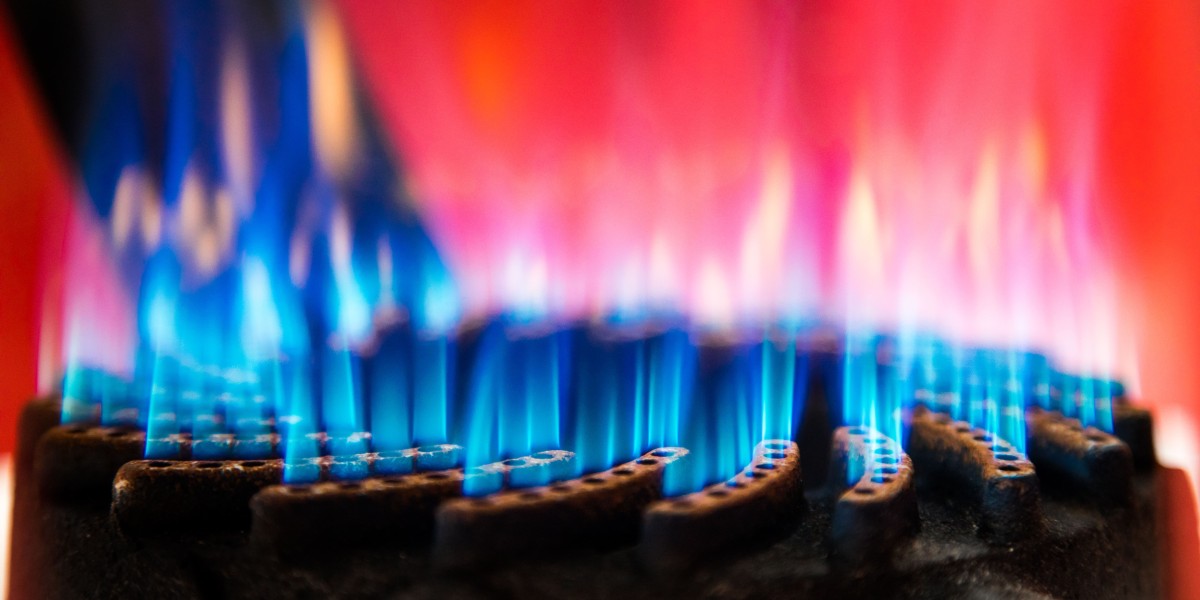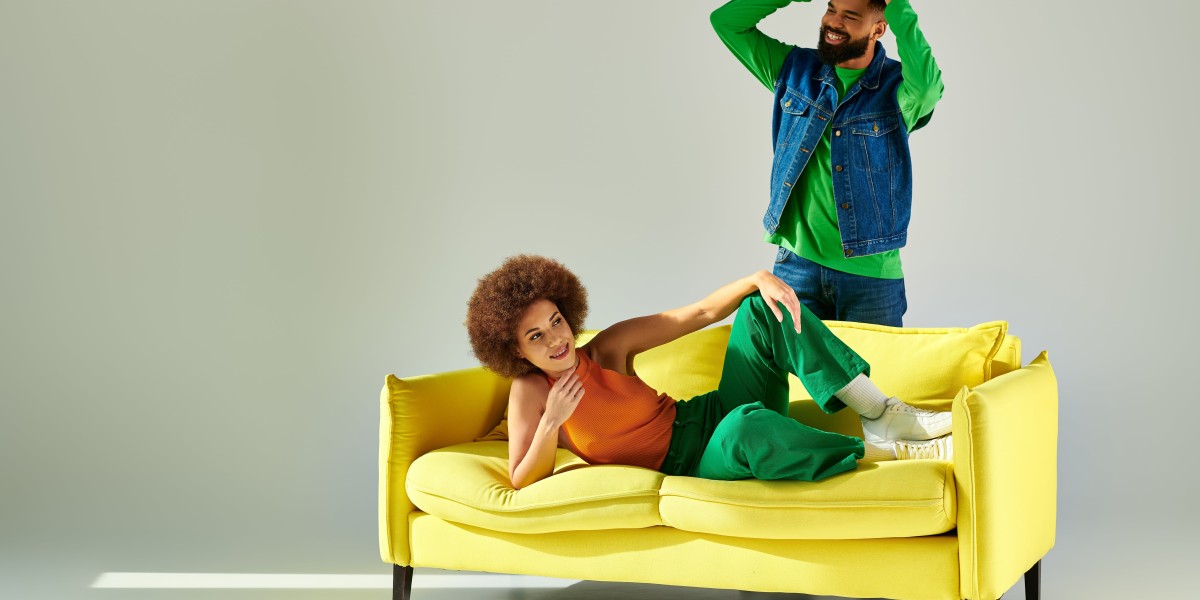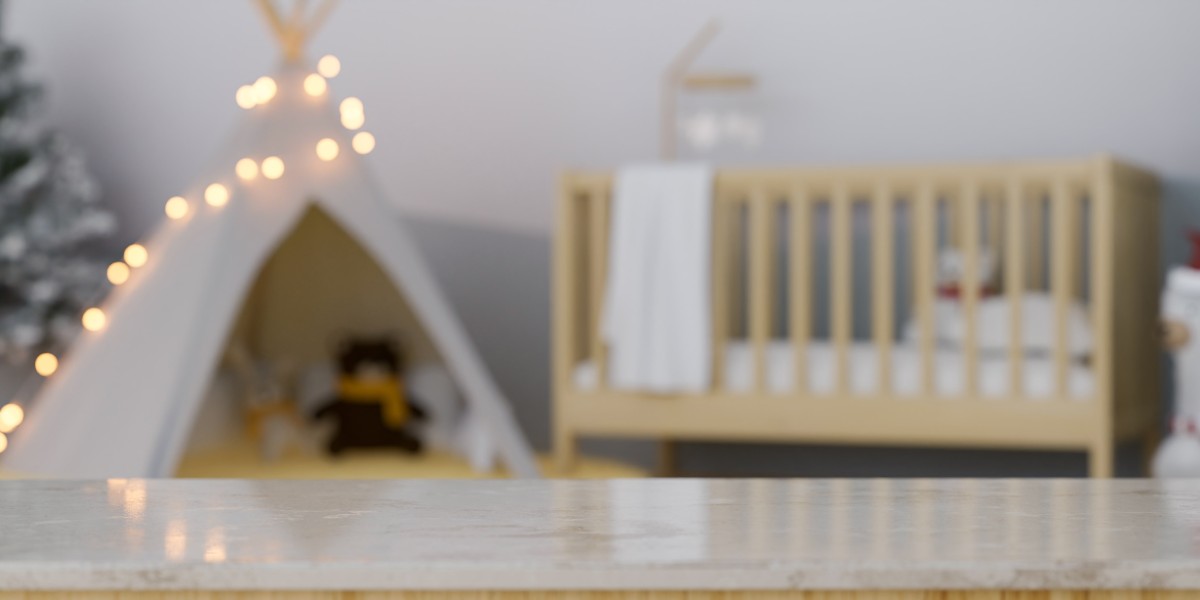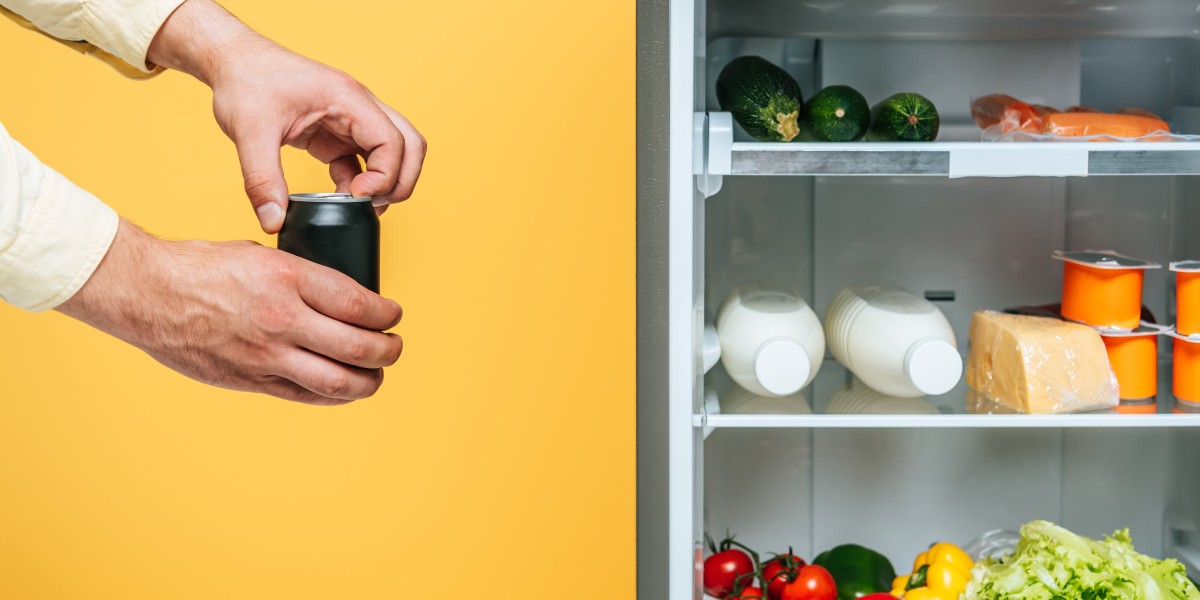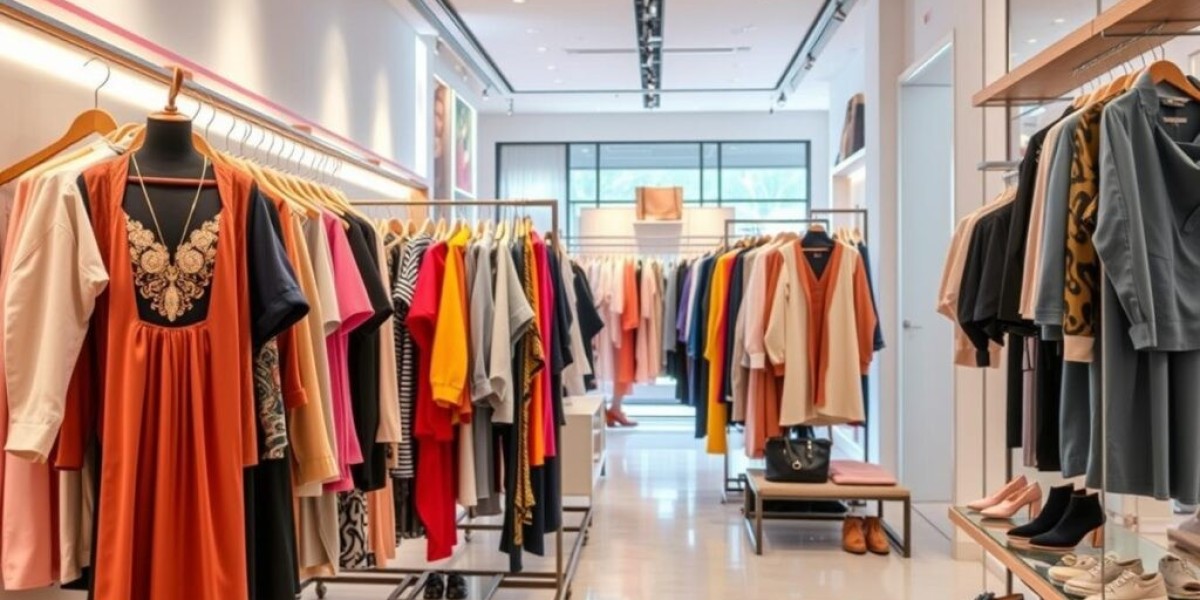The design of a workspace significantly affects how employees feel and perform, and one of the most influential elements in any office is colour. Understanding colour psychology in office design is essential for creating an environment that supports different work tasks and fosters positive outcomes.
This blog will explore how different colours can influence workplace dynamics and how to implement them effectively.
The Psychology of Color in the Workplace
Colour psychology studies the effects of various colours on feelings as well as demeanour. Every company knows that choosing the right colour for uniforms can significantly influence the working process of the whole team.
In its report, it was discovered that there are colours that enhance the ability to concentrate, think creatively, or reduce stress at work. Recommendations derived from these insights are now being embraced by commercial interior designers in Pune to facilitate space reorganization in offices in a way that caters to the unique natures of different businesses and pushes productivity upwards.
For instance, working environments that call for high levels of innovation and idea sharing may well be suited to bright thematic values such as yellow while environments that require concentrated effort may be best suited to blue or green hues.
Blue: The Color of Focus and Efficiency
Blue is universally considered to be one of the most productive colours in offices. It is connected with such qualities as calmness, intelligence, and trust; therefore, it is perfect for the area that needs focus and concentration.
It is proven that blue influences the enhancement of attention lessens the concentration of stress, and leads to improved productivity in zones where preciseness and speed are paramount. Blue in the context of workspaces can be incorporated into the strict paint choice with lighter shades of blue or by use of furniture and decorations in spaces of blue.
It is especially determinative in organizations where people work indoors performing tasks that require clear and focused thinking, for instance, in the accounting, legal, or data analysis desks. Some of the productive office color schemes relate blue to areas designed for many hours of hard work.
Yellow: The Color of Optimism and Creativity
The yellow color produces several effects, such as being a creative and optimistic colour. It is mostly applied in situations that require brainstorming and teamwork. Concerning John's colours associated with the sun, thus, yellow easily leads to low anxiety levels and encourages one to be more innovative.
According to the psychological view, yellow can be used in the interiors of offices for creative teams, including marketing, design, or content creation departments, since it helps to create a lively environment. It should, however, be used tactfully, mainly because an excessive use of yellow may end up being rather intrusive.
Occasional use of yellow on walls, doors, corridors, or both in commonly shared spaces, brainstorm rooms, or other such furniture or painting can help in supporting the generation of ideas.
Green: The Color of Balance and Calm
The green colour is associated with nature and flexibility, and it is widely used in office interior design for offices that offer relaxation zones. Known for such effects as fatigue, green is a colour that can help in creating balance in a workplace. This makes it a perfect fit for organizations with many workers working under pressure.
While choosing commercial interiors in Pune, many times clients are advised to include green in areas like cafeterias, relaxation spaces, or areas designed for meditation. Besides the psychological aspect, green also fits offices that consider sustainability important since it fits the green and biophilic design.
Red: The Color of Energy and Stimulation
The red colour is considered to be very aggressive, active, passionate, and a signal of energy. The rate can rise and elevate activity, which makes it suitable for areas where increased movement or short suprathreshold work episodes prevail.
For instance, red is very appropriate in areas that need to keep the employees alert, something which is characteristic of sales or marketing teams who work under the pressure of enthusiasm.
Nevertheless, red can work as a highly motivating colour – although it is necessary to use it wisely. Too much red can make individuals feel stressed and anxious, which must not be used in areas where employees need to work with limited distractions.
Thus, the usage of red should be limited, but it is allowed to be used for accent colours such as chairs, rugs, or paintings to add the energy that the office lacks while not overwhelming employees.
Neutral Colors: The Foundation of Flexibility and Calm
Shades of grey, white, and beige colors are quite commonly found in offices around the world because of their ability to blend and also they have a soothing effect on individuals working in enclosed cubicles away from the light and fresh air. These colors give a neoteric, corporate appearance that can be well worked out in diverse modes of employment.
Neutral shades are useful because they do not overshadow and contrast with bolder colors; they let businesses achieve the right balance of activity and calm between different garments.
White gives the space a large open feel while grey and beige also give richness to the space without distracting employees from their jobs. It is particularly ideal with large open-plan offices, where no variations are creating a dull environment is desirable.
Conclusion
Understanding the psychology of colour in office design can significantly improve employee performance, mood, and well-being. By choosing the right colours for different areas of the office, businesses can create a more dynamic and productive workspace. From the calming influence of blue and green to the energizing effects of yellow and red, color can have a profound impact.
When implementing these productive office colour ideas, it's important to consider the nature of the work and the office culture. Collaborating with commercial interior designers in Pune can help you strike the perfect balance between aesthetics and functionality, ensuring that your office design supports your team's goals and work styles.
